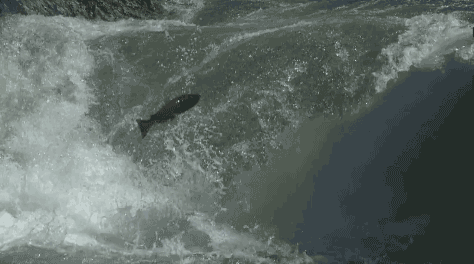What You Need To Know About Endangered Salmon
And the once-in-a-generation opportunity to restore the lower Snake River, one of the greatest salmon rivers in the world.
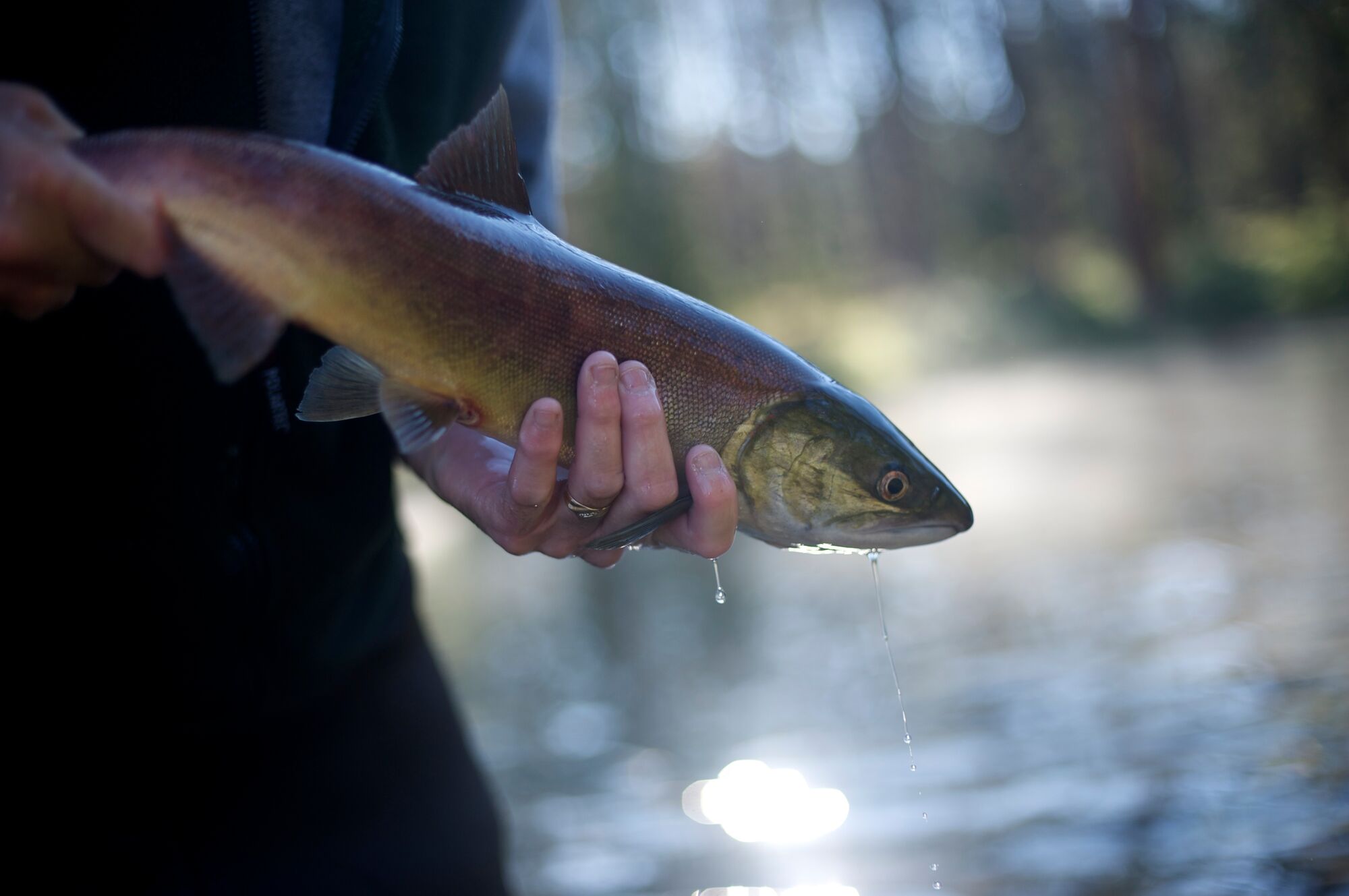
July 31, 2020
The federal government had an opportunity to save endangered salmon, steelhead, and the orcas that rely on them. But on July 31, 2020, the Trump administration made a decision that hurts these Pacific Northwest icons by largely maintaining the status quo for hydrosystem operations. Here’s what you need to know — and how you can help:
- Salmon are a part of the Northwestern way of life, but these iconic fish are sliding toward extinction. And if they go, so do the orcas that eat them.
- There’s a solution that scientists, economists, and many communities agree on: taking out dams and restoring a free-flowing river. Man-made dams are the biggest threat to salmon.
- In 2016, a federal court ordered the government to review whether it should restore part of the Snake River by removing four outdated dams.
- The administration decided to keep the dams in place — bad news for salmon, orcas, and everyone who loves them.
- But there's still a chance to solve this problem. In February 2021, Rep. Mike Simpson (R-Idaho) proposed a plan for salmon recovery in the Northwest that includes restoring the lower Snake River so it is no longer obstructed by four dams. The plan would will fuel economic growth, honor the government's commitments to tribes that depend on the fish, and provide for clean electric power. The next step is finding co-sponsors to introduce this bold and necessary proposal to Congress.
Want to learn more about Snake River salmon and the dams that are killing them? Read on:
Are salmon in danger of extinction?
Yes.
Three decades ago, the scientific organization American Fisheries Society estimated that, of the once-abundant runs of salmon in Washington, Oregon, Idaho, and California, at least 106 “stocks” (self-sustaining subpopulations) had gone extinct.
Matters have not improved.
In fact, since the 1990s, the federal government has added 13 species of Columbia and Snake river salmon and steelhead to the Endangered Species List.
And all the remaining stocks that return to the Snake River — the largest and once the most productive tributary of the Columbia — are declining towards extinction and listed for protection.
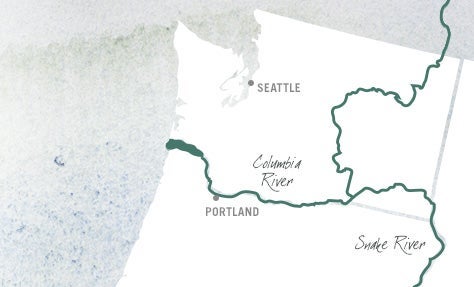
What has caused the salmon’s decline?
Many factors, but none play as large a role as the system of federal dams on the Columbia and Snake rivers.
Four such dams on the lower Snake River are a key reason all remaining Snake River salmon are declining towards extinction: Ice Harbor, Little Goose, Lower Monumental, Lower Granite.
Since construction finished on these four dams in the 1970s, wild Snake River salmon populations have plummeted by more than 90%.
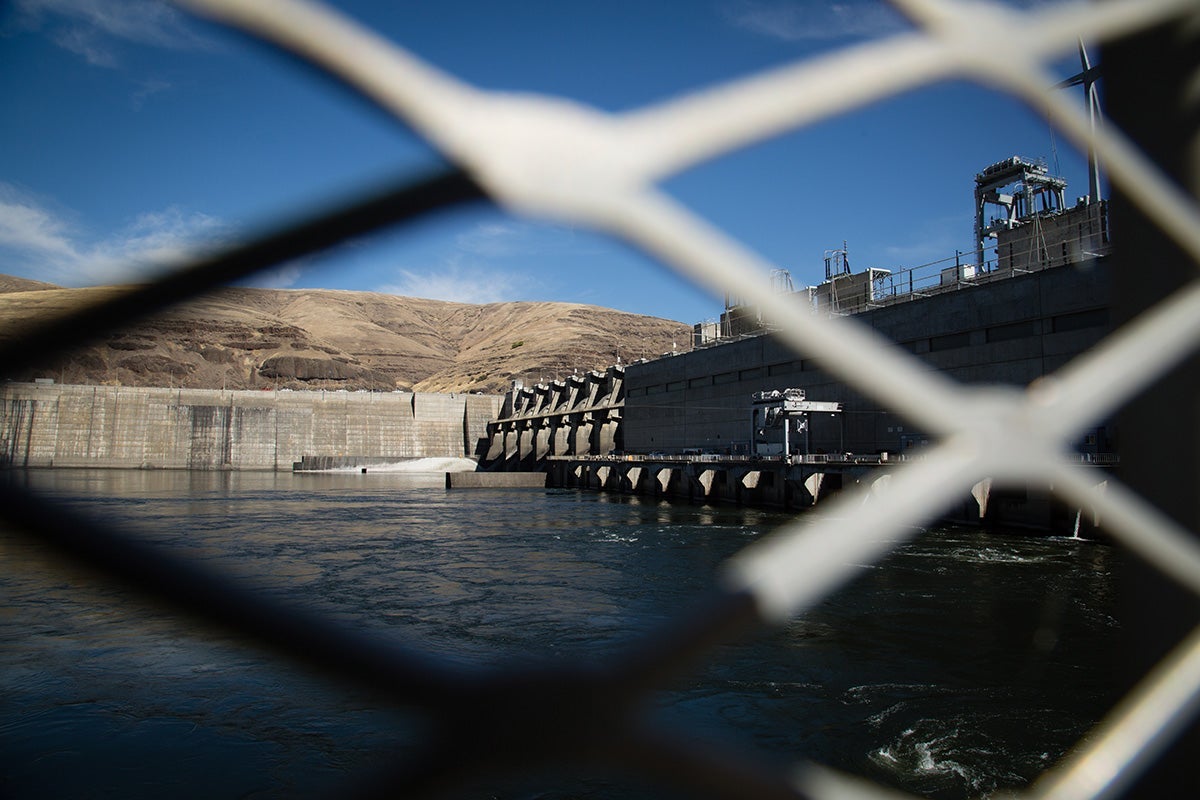
Why save salmon?
Because they’re extraordinary. (An example: Salmon have one of nature's best senses of direction, smelling their way from the mouth of the Columbia at the Pacific Ocean, back to the stream of their birth — for some, a journey of over 900 miles and some 5,000 feet of elevation.)
Because they’re nutritious. (And not just to people — orcas, bears, countless other wildlife, and even trees, rely on salmon as a critical source of nutrition.)
Because they’re a crucial barometer of the health of ocean and inland water ecosystems that all of us depend on.
Because they’re worth it. Healthy salmon populations and a free-flowing lower Snake River will deliver far greater economic benefits than the increasingly costly, aging lower Snake River dams.
Is there hope for salmon?
Yes!
Although additional steps will be needed, restoring a free-flowing lower Snake River by removing the four dams on the lower Snake River has been identified as the single largest step we can take for salmon recovery.
Scientists predict that restoring the lower Snake River would lead to a dramatic increase in Snake River Chinook returns — between 600,000 and 1 million fish.
A comprehensive investment package, including funding for dam removal, would:
- restore abundant salmon;
- provide the region with reliable, affordable, clean power;
- sustain fishing and farming communities that depend on the river; and
- honor our commitments to Native American Tribes.
Right now, leaders in the Pacific Northwest — including Oregon Gov. Kate Brown and Washington Gov. Jay Inslee — are starting to step up to bring people together across the region to imagine a new future for the lower Snake River, one that meets all of our needs.
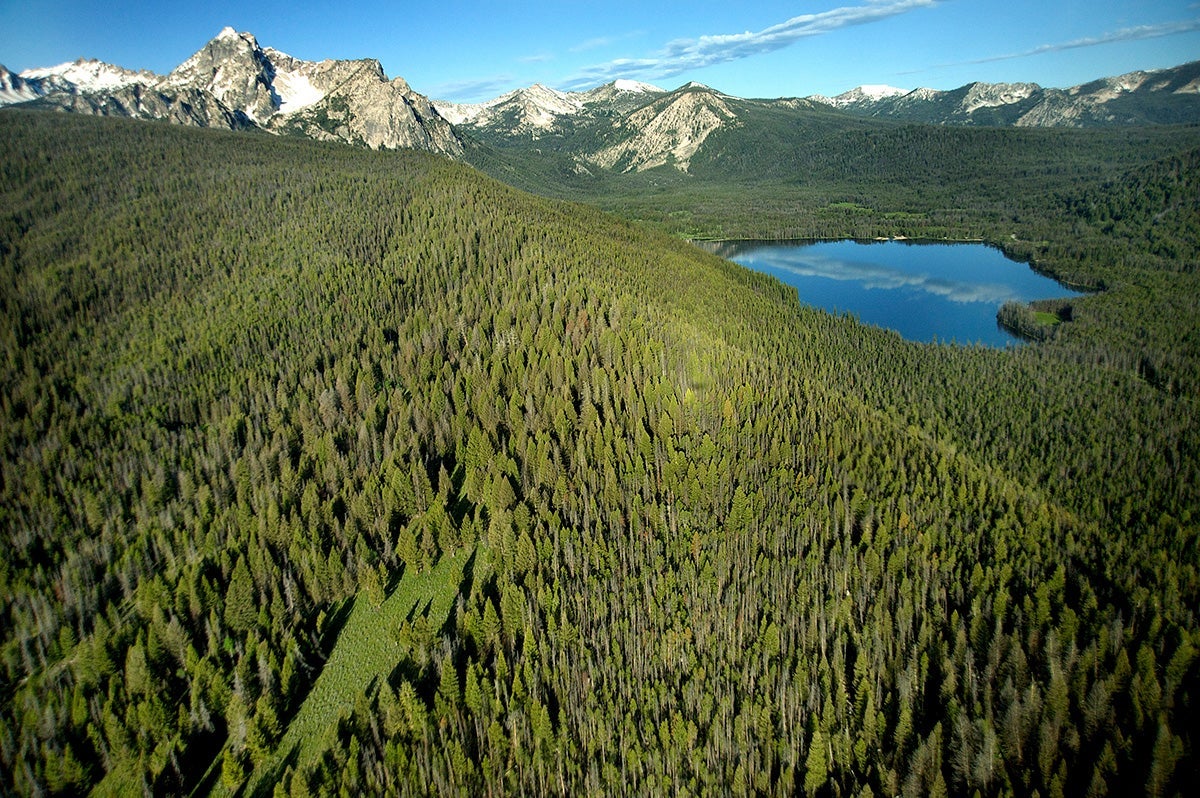
How are dams harming salmon?
By impeding the salmon's migratory route.
Juvenile salmon depend on free-flowing rivers to migrate downstream to the ocean. And adult salmon must be able to return upstream to spawn the next generation.
The lower Snake River once acted like a superhighway for migrating salmon, connecting to some 5,500 miles of spawning habitat in central Idaho and northeast Oregon. Now clogged up by dams, this stretch of river has become more of a salmon traffic jam and death trap.
Dams also create slackwater reservoirs, where the river flow slows, broadens, and warms. Stillwater in reservoirs, especially on the lower Snake River, forces juvenile salmon to swim harder to get downstream slowing their migration and making them more vulnerable to predators. Adult salmon that encounter hot water on the return migration may stop migrating to wait for cooler water.
In 2015, warm water conditions led to a massive salmon die-off. As our climate continues to overheat, this situation is likely to repeat itself.
Find out more about what makes dams and their reservoirs lethal to salmon.
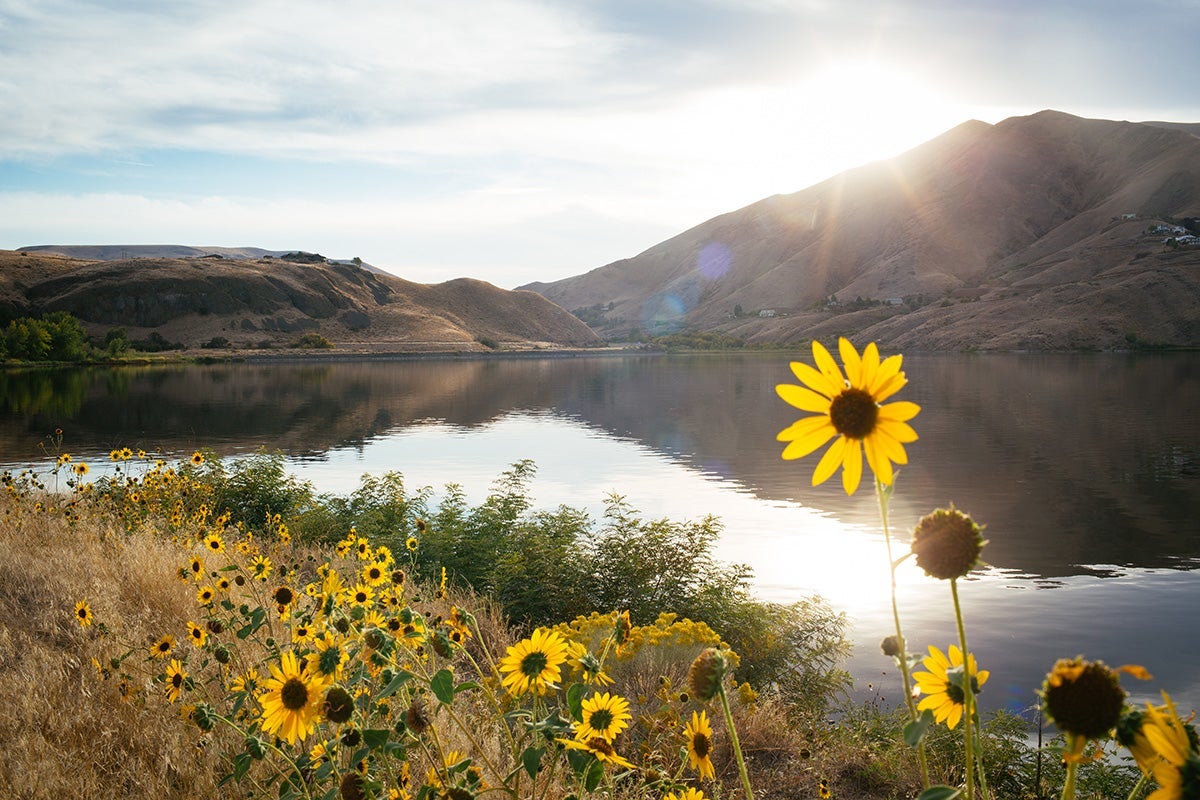
Why is the energy the dams provide not “clean?”
Energy that drives species to extinction is not “clean.”
The importance of the lower Snake River dams for generating electricity has all but disappeared. As cleaner renewables and energy efficiency increasingly satisfy demand, it continues to diminish with each passing year.
A recent study by an energy analysis firm concluded that the power from the four lower Snake River dams can be replaced with a portfolio of clean energy and increased efficiency at a nominal cost to rate payers, about $1.25 per month.
The study also concluded that replacing the dams’ power with this clean portfolio would actually make the Northwest power grid more reliable than with the dams in place.
Do the dams serve other purposes?
Farmers use the lower Snake River to barge grain downstream to market — but those goods are increasingly traveling by rail.
A small number of agricultural operations also use water from behind one of the four dams to irrigate their fields. But with planning and smart investments, we can make sure their operations continue and prosper.
Across the Northwest, we are having conversations about how to make the investments that will allow us all to thrive, salmon and people. Throughout the region, people are calling for change that brings communities together rather than pitting them against one another. Strong leadership can help us solve each other’s challenges.
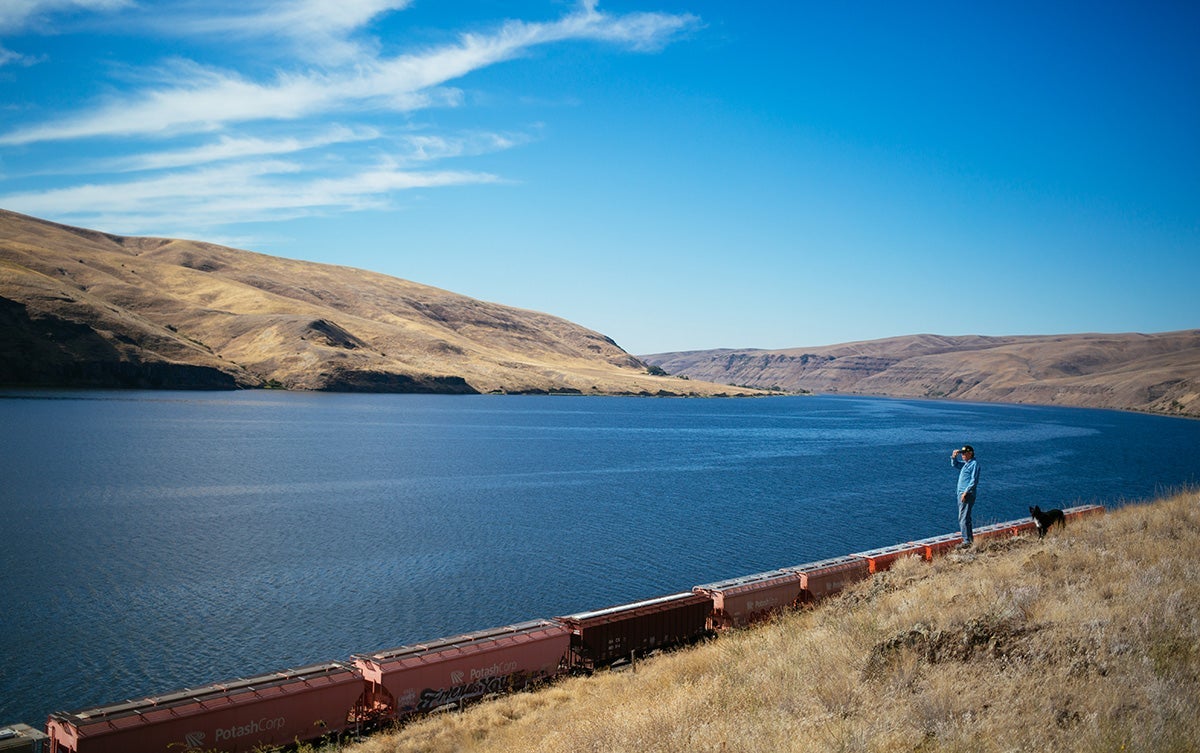
Why hasn’t the dams’ impact on salmon been addressed before now?
The federal agencies responsible for hydrosystem operations have ignored science and their legal responsibilities under the Endangered Species Act, releasing at least five plans since 2000 that have failed to adequately protect endangered salmon from the harm caused by the dams.
Many courts have harshly criticized this approach.
Read excerpts from court rulings
Harsh Words From The Court
On behalf of our clients, Earthjustice attorneys have repeatedly sued (and won) to ensure that the dams are operated to protect and restore endangered salmon and steelhead — and to meet the economic, cultural and environmental needs of the region.
More than a decade of court opinions have rejected dam management plans for failing to be lawful and science-based. A selection of excerpts from the court rulings:
“Judge Redden, both formally in opinions and informally in letters to the parties, urged the relevant consulting and action agencies to consider breaching one or more of the four dams on the Lower Snake River. For more than 20 years, however, the federal agencies have ignored these admonishments and have continued to focus essentially on the same approach to saving the listed species—hydro-mitigation efforts that minimize the effect on hydropower generation operations with a predominant focus on habitat restoration. These efforts have already cost billions of dollars, yet they are failing. Many populations of the listed species continue to be in a perilous state.”
“The history of the Federal Defendants’ lack of, or at best, marginal compliance with the procedural and substantive requirements of the ESA [Endangered Species Act] … has been laid out in prior Opinions and Orders in this case and is repeated here only where relevant.” The court went on to call the federal defendants’ plan “neither a reasonable, nor a prudent, course of action.”
– National Wildlife Federation v. National Marine Fisheries Service, 839 F.Supp.2d 1117 (D.Or. 2011)
“Under this approach, a listed species could be gradually destroyed, so long as each step on the path to destruction is sufficiently modest. This type of slow slide into oblivion is one of the very ills the ESA [Endangered Species Act] seeks to prevent.”
– National Wildlife Federation v. National Marine Fisheries Service, 524 F.3d 917, 930 (9th Cir. 2008)
“The government's inaction appears to some parties to be a strategy intended to avoid making hard choices and offending those who favor the status quo. Without real action from the Action Agencies, the result will be the loss of the wild salmon.”
– National Wildlife Federation v. National Marine Fisheries Service, cv-01-640-RE (Oct. 7, 2005) (Opinion and Order of Remand) at 8
Who wants to save salmon?
Clean energy advocates, conservation organizations, fishing businesses, the State of Oregon, the Nez Perce Tribe, and Earthjustice have all called for a plan that ensures salmon will not just survive, but return in the kind of abundance that supports businesses, communities, Tribes, and other interests.
Approximately 400,000 members of the public sent comments to the Army Corps of Engineers in late 2016 and early 2017, in response to the federal court order requiring a new plan for protecting Columbia and Snake River salmon from harmful dam operations. The vast majority of these comments urged the Corps to remove the four lower Snake River dams in order to bring back healthy populations of wild salmon and steelhead.
The Nimiipuu River Rendezvous flotilla rallies on the Snake River annually draw hundreds of supporters, including Tribal members, anglers, business owners, conservationists, and recreational boaters — all calling for removal of the four dams to bring about the greatest wild salmon recovery and river restoration in history.


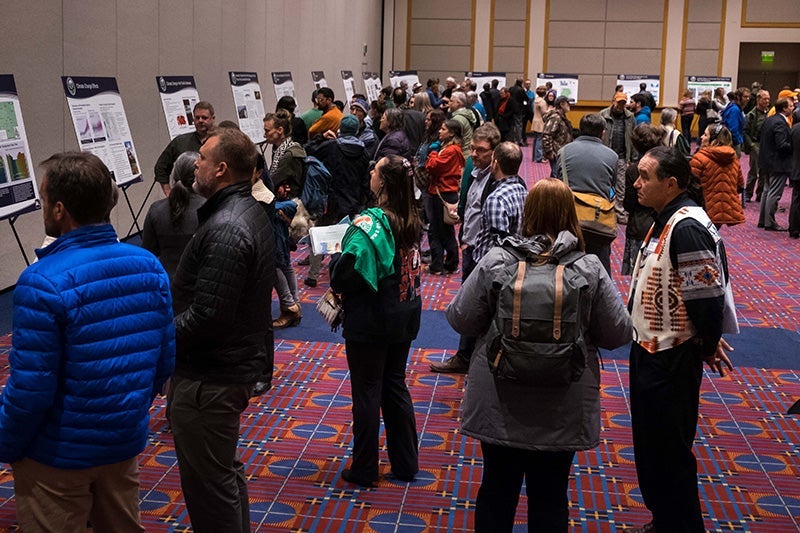

What’s the situation now?
As a result of an Earthjustice lawsuit, on July 31, 2020, federal agencies released their long-awaited environmental plan for hydropower operations in the Columbia River Basin.
However, the plan’s favored option falls far short of what people in the region want, and what the law requires: restoration of healthy, abundant salmon runs. In fact, it proposes much of the same approach the courts have already rejected five times, with a little more window dressing.
Is there anything I can do?
The science is clear. Removing the four Lower Snake River dams could bring back million-strong salmon runs, benefitting sport, commercial, and Tribal fishing communities, and helping starving orcas who depend on the salmon.
We can ensure both farming and fishing communities have a prosperous future. A comprehensive investment package, including funding for dam removal, would restore abundant salmon and provide the region with reliable, affordable, clean power. We need more political leadership to move us forward.
We have to tell the federal agencies that their draft plan will be another failure.
More importantly, we have to urge our elected leaders, especially in Congress, to lean in and lead the effort to build a plan that makes the investments we all need to solve this problem together — for salmon, for orcas, and for people.
Will you add your voice?
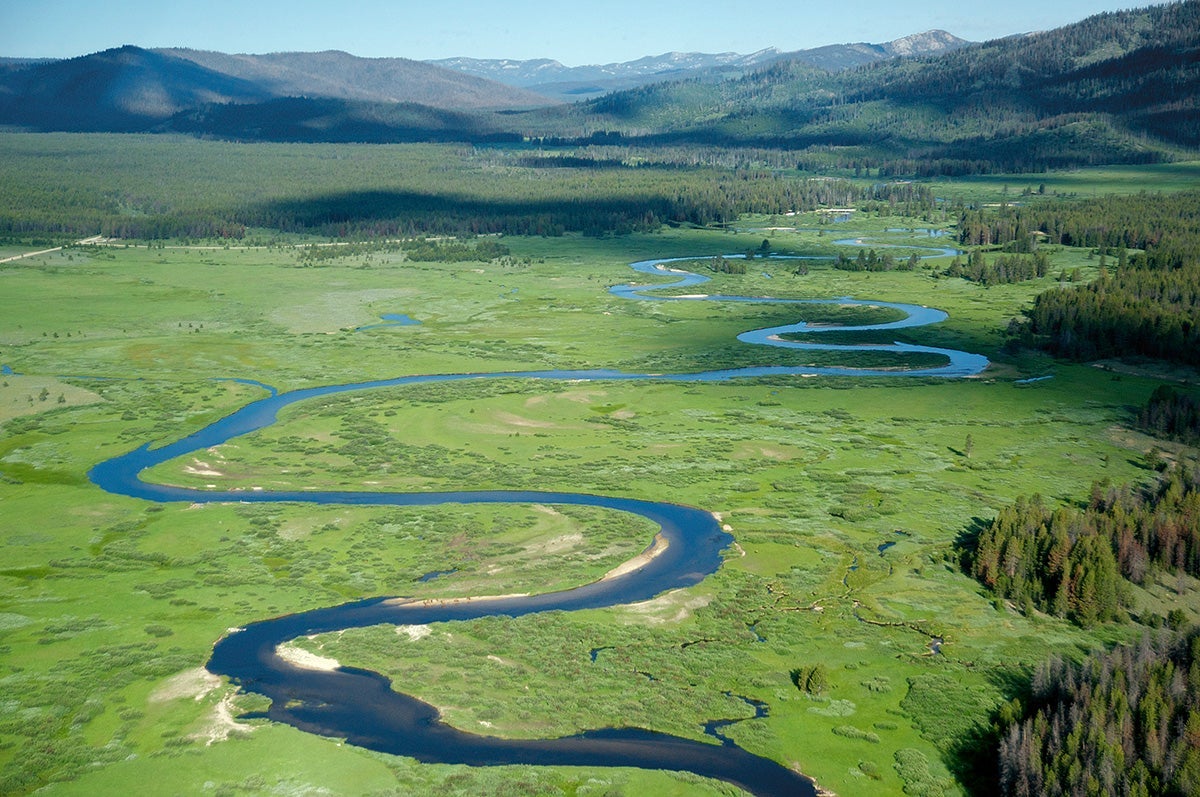
Established in 1987, Earthjustice's Northwest Regional Office has been at the forefront of many of the most significant legal decisions safeguarding the Pacific Northwest’s imperiled species, ancient forests, and waterways.
